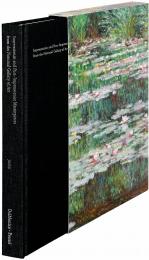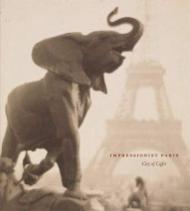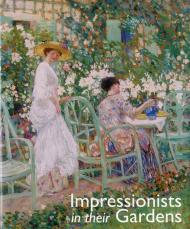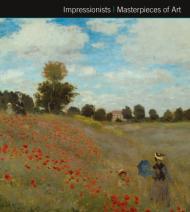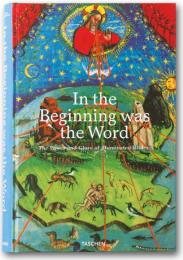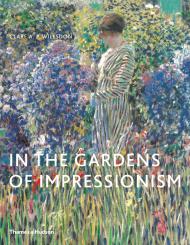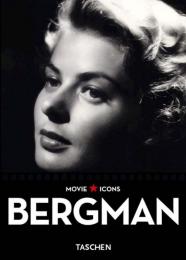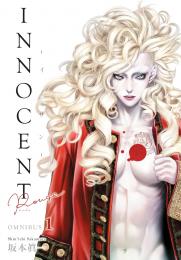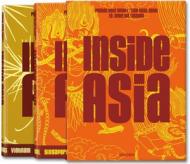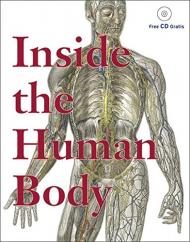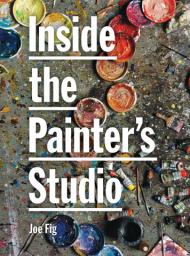Reflecting the most recent research on this groundbreaking artistic movement, this lavishly illustrated and comprehensive book examines Impressionism on a global scale, from its iconic French masterpieces to less familiar works by Scandinavian, German, British, and North American artists.
One of the art world’s most recognizable and popular styles, Impressionism is also one of the most complexes. In this sumptuous overview Norbert Wolf lends his attention to all aspects of Impressionism: its historical precursors, contemporary rivals, and the movements it inspired. Over 200 large-format reproductions of entire works and highlighted details introduce readers to the Impressionists’ aesthetics and techniques. Wolf draws insightful parallels between these paintings and other contemporary works of music, photography, and literature. Tracing the movement’s expansion from France to the rest of Europe and North America, this volume shines a spotlight on the main protagonists who were key in the development of Impressionism. It highlights not only the French pioneers — Claude Monet, Gustave Caillebotte, Édouard Manet, Pierre-Auguste Renoir, Camille Pissarro, and others — but also Max Liebermann, Lovis Corinth, John Singer Sargent, Mary Cassatt, William Merritt Chase, and James McNeill Whistler, to name a few. As luxurious as it is authoritative, this wide-ranging investigation of a moment in art history reveals works and ideas that will surprise even the most seasoned aficionado.
About the Author:
Norbert Wolf is an art historian and author based in Munich. He has published several books with Prestel, including Art Nouveau, Art Deco, Impressionism, and "The Golden Age of Dutch and Flemish Painting", as well as monographs on Albrecht Dürer and Titian.
_________
Пролистать книгу Impressionism. Reimagining Art на сайте издательства.

